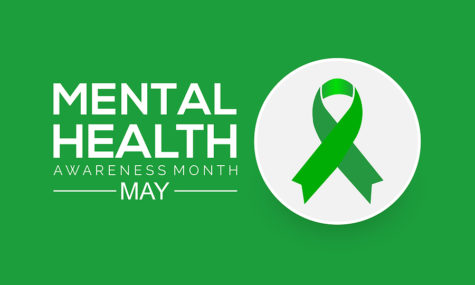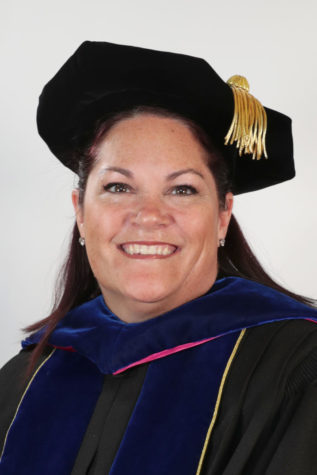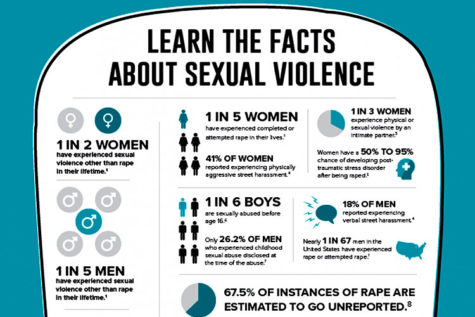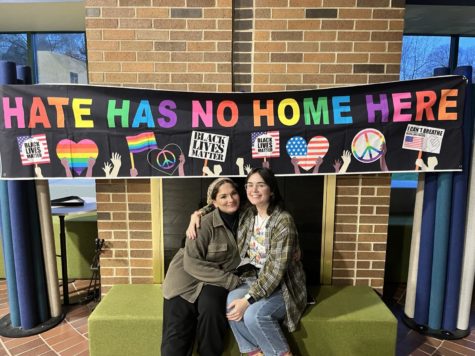Class Catalog: ASL 100: American Sign Language I
November 18, 2022
Communication is the act of sending and receiving messages, which can facilitate the creation of social structures, communities and relationships at the most basic level. Without a form of communication, people would be unable to convey their thoughts or express their individualistic ideas. This is why language, whether it is verbal or physical, is so important to all living things.ASL:101 is a course that can be taken by any student here at Mercyhurst University and is offered as a REACH course for the “humans in the connection” category. ASL:101 is a part of this category because it allows more people to be in contact and connection through learning a unique form of communication, American Sign Language. Nearly thirty-five million individuals in the United States alone are deaf or hard of hearing. This course is equipped to get you a step closer to communicating with individuals within the deaf community. Dominic Rios, an adjunct professor in the American Sign Language World Languages Department, is the professor for ASL:101. Within the deaf culture, Rios is known and referred to as Dom, “Adults and students alike are given a sign name by Deaf individuals that know them. Your name sign often starts with the first letter of your first name and connects with something about your character,” said Rios. One of the largest notions that Rios wants to get across to his students is the versatility and importance of knowing ASL. It is a form of communication that is used within a wide variety of career fields from education, speech pathology, psychology, medicine and more. Rios said, “American Sign Language is also used within the court system and even law has its specific certifications for interpreters for the deaf.” Additionally, sign language is not only used for individuals who are deaf or hard of hearing but it can also be used as baby signs, for individuals with autism, as well as for those with expressive and receptive disabilities. Within this course, students will gain an enriching education that dives into learning how to sign, understanding the historic culture of ASL, how to work with interpreters, ADA laws and so much more. Rios said, “I have the state representative for the Deaf and hard of hearing in Pennsylvania come in for a history and culture knowledge [discussion] about different aspects of deaf life and working with the adaptations and interpreters that are possibly needed.” ASL:101 certainly encompasses and teaches all that is ASL including understanding its history and current culture. Mackenzie Zent, a junior Social Work major, is currently a student in ASL:101 and said“[Rios] knows how to make learning ASL fun. We play a lot of games during class [such as] Uno to learn colors and numbers, Simon Says to learn commands, and a few other games.” ASL:101 really does it all allowing students to learn in a variety of ways such as guest speakers, games, workbooks and more! Rios said, “The Deaf community is a very tight-knit, slow-paced, cordial, proud culture. From the artistic beauty of a signed song to the closeness of a small community that learns not only to lean on each other but invest in each other and spend time…is why I love to teach ASL.” If you have an opportunity to add ASL:101 to your upcoming semesters, seize the opportunity!







